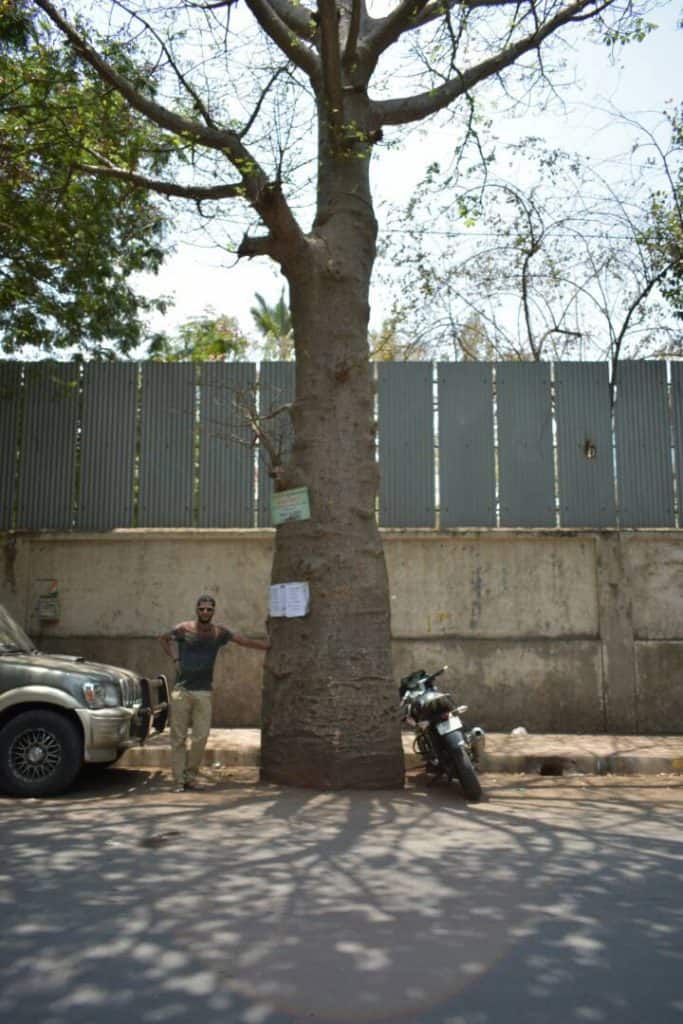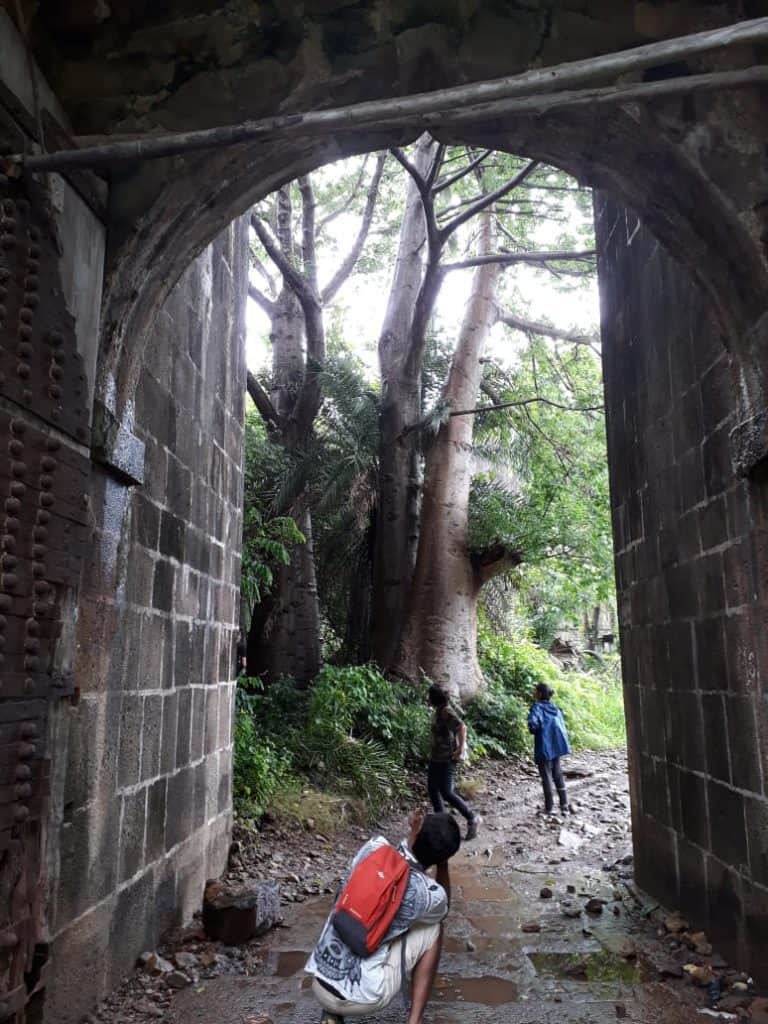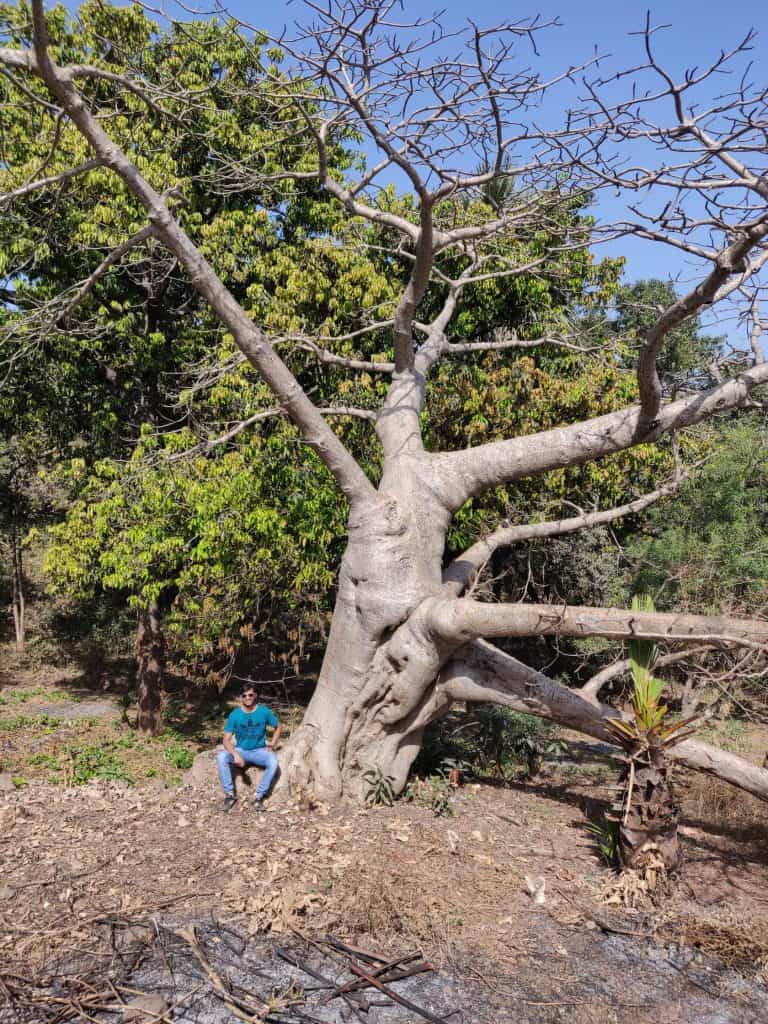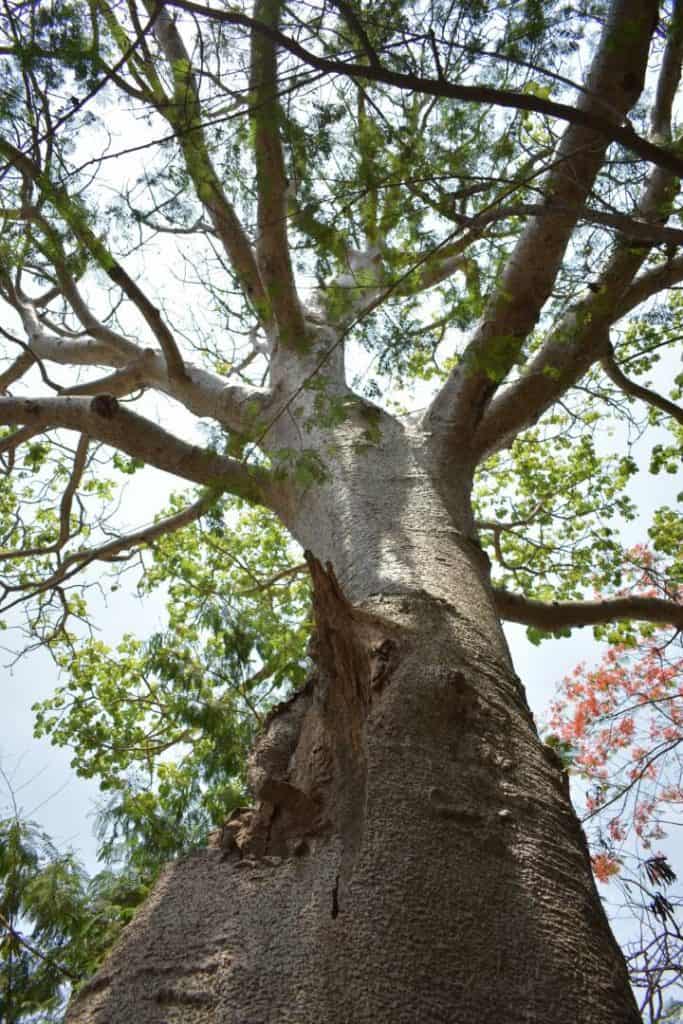I knew of the Baobab tree as a massive tree somewhere in Africa, but little did I know that for most of my life in Bombay, I had been living among these gentle giants. Both the colleges that I studied in had a Baobab tree within 300 meters, but I never noticed them.

This phrase displays the profound nature of the trees and their existence that has surpassed centuries.
Pic: Zico Fernandes
Originally from Madagascar, Africa, the Baobab trees are defined by their swollen base – with a girth upto 36 ft – and height – up to 98 ft – and live a remarkably long life. I was inspired to advocate for the trees in Mumbai after an article highlighted a Baobab that was attacked by miscreants in 2014, and since 2017, I’ve been discovering and documenting Baobab trees in Mumbai – through an Instagram account – and have been featured in Mid-day and Hindustan Times.




